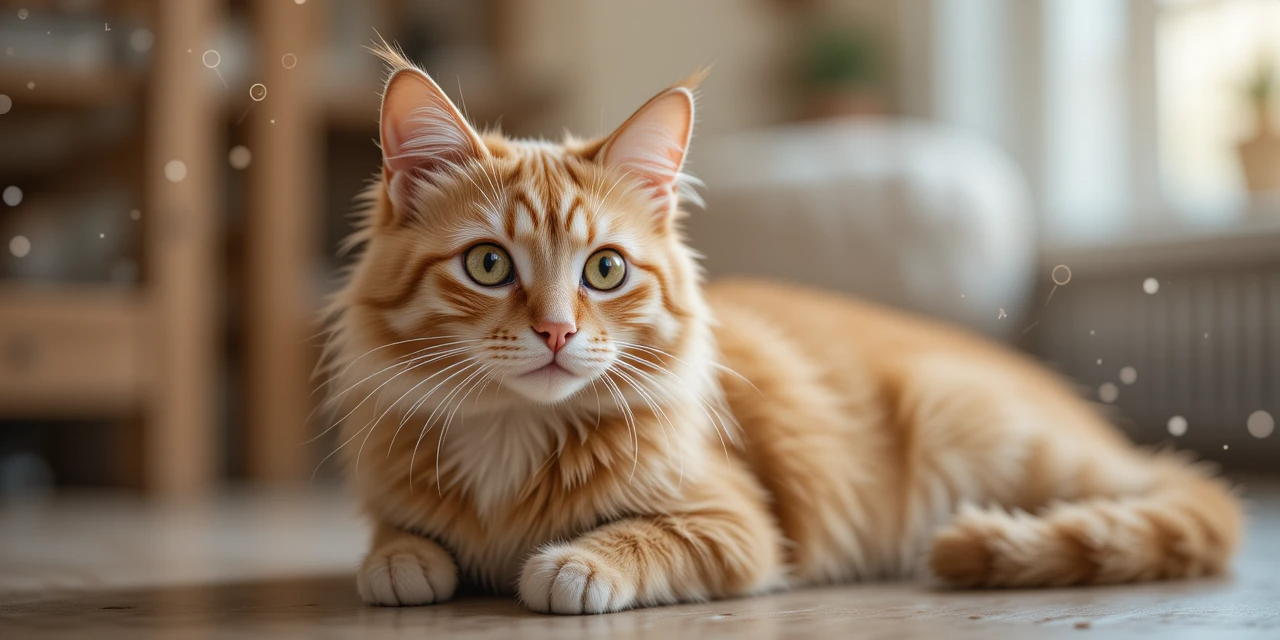Can Cats Have Autism? Understanding Feline Neurodiversity
Many pet owners wonder if cats can have autism, a question that stems from observing unusual or repetitive behaviors in their feline companions. While autism is a well-documented neurodevelopmental condition in humans, applying this diagnosis to cats is a misconception. This article explores the differences between human autism and feline behavior, clarifies what might cause behaviors in cats that appear similar to autism, and offers guidance for concerned cat owners.
Understanding Autism in Humans
Autism Spectrum Disorder (ASD) is a complex neurodevelopmental condition characterized by difficulties in social interaction, communication challenges, and repetitive behaviors or restricted interests. Diagnosed through specific criteria outlined in manuals such as the DSM-5 (Diagnostic and Statistical Manual of Mental Disorders), autism affects brain development and processing. Humans with autism may also have sensory sensitivities and unique cognitive profiles, but the diagnosis requires a constellation of symptoms observed from early childhood.
Feline Behavior: Normal vs. Concerning
Cats naturally exhibit a variety of behaviors that sometimes seem mysterious or unusual to humans. For example, cats may be aloof or independent, spend extensive time grooming themselves, or prefer solitude. These behaviors are generally normal and reflect a cat’s personality and instincts.
However, some behaviors may raise concerns. Excessive grooming leading to bald patches, repetitive pacing, sudden aggression, or withdrawal from interaction can indicate stress, illness, or other underlying problems. It is essential to differentiate between typical feline quirks and behaviors that might signal a health issue.
Behaviors That Mimic Autism in Cats
Certain feline behaviors may resemble signs commonly associated with autism in humans:
- Repetitive Actions: Some cats pace in circles, spin, or perform repetitive grooming. This can be a sign of anxiety or compulsive disorders rather than autism.
- Sensory Sensitivities: Cats might avoid specific textures, sounds, or environments, similar to sensory sensitivities seen in autism.
- Social Withdrawal or Aggression: Some cats may shy away from social interaction or display aggression unexpectedly.
These behaviors can be caused by many factors, including environmental stress, past trauma, or medical conditions, rather than an autism spectrum disorder.
Possible Underlying Causes
Behaviors resembling autism in cats are often linked to other conditions:
- Anxiety Disorders: Cats can suffer from anxiety, leading to repetitive or avoidance behaviors.
- Obsessive-Compulsive Disorder (OCD): Feline OCD can cause excessive grooming, tail chasing, or other compulsive acts.
- Sensory Processing Disorder: Although less studied in animals, some cats might have heightened sensitivities affecting their behavior.
- Neurological Issues: Brain injuries, infections, or genetic conditions may cause abnormal behaviors.
Because of this complexity, a veterinary diagnosis is critical to properly identify and treat the root cause.
The Concept of Feline Neurodiversity
Just as humans display neurodiversity—natural variation in brain function—cats may also have diverse neurological profiles. Recognizing this helps us appreciate that not all unusual behaviors are pathological but part of the wide range of feline personalities and needs. Understanding feline neurodiversity encourages compassion and tailored care strategies rather than mislabeling cats with human-specific diagnoses.
When to Consult a Veterinarian
If your cat exhibits unusual or concerning behaviors, it’s important to seek professional advice. You should consult a veterinarian if your cat:
- Shows sudden changes in behavior
- Exhibits repetitive or compulsive actions
- Displays aggression or extreme withdrawal
- Has physical symptoms such as hair loss or injuries from overgrooming
Questions to ask your vet may include:
- What could be causing my cat’s behavior?
- Are there any medical tests needed?
- What treatments or therapies do you recommend?
- How can I improve my cat’s environment or routine?
Treatment and Management Options
Treatment depends on the underlying cause but may include:
- Behavioral Therapy: Techniques to reduce anxiety or compulsive behavior through training and positive reinforcement.
- Environmental Enrichment: Providing toys, scratching posts, safe hiding spaces, and consistent routines can reduce stress.
- Medication: In some cases, vets may prescribe anti-anxiety or other medications.
Veterinarians play a crucial role in diagnosing and managing behavioral issues, ensuring the cat’s well-being and quality of life.
Conclusion
While cats cannot have autism as humans do, they may exhibit behaviors that resemble some autism traits. These behaviors often signal anxiety, compulsive disorders, neurological issues, or sensory sensitivities rather than autism itself. Understanding feline neurodiversity and seeking veterinary guidance are essential steps in caring for a cat with unusual behavior. Responsible pet ownership means recognizing these differences and ensuring your feline friend receives the support and treatment they need.


